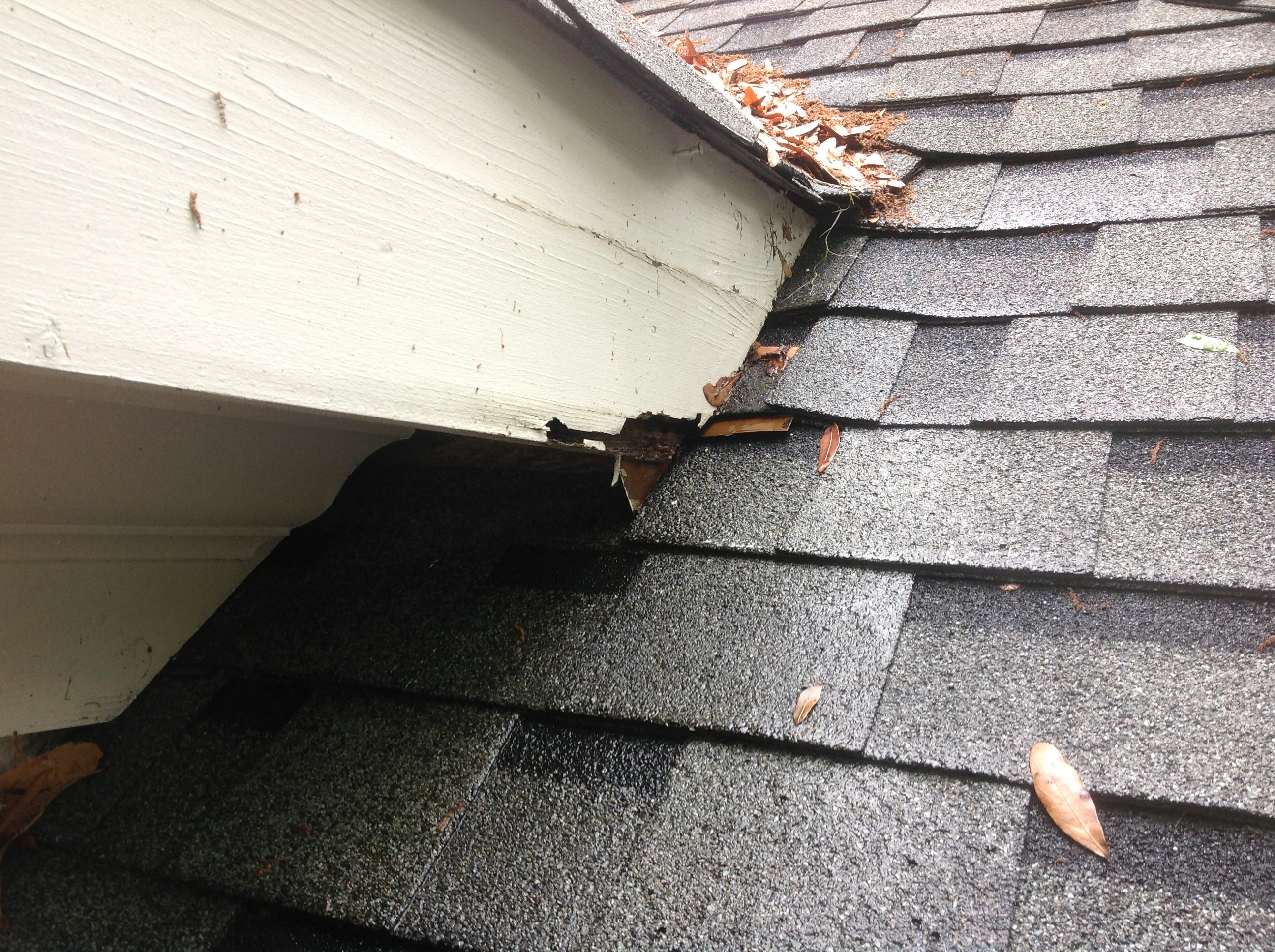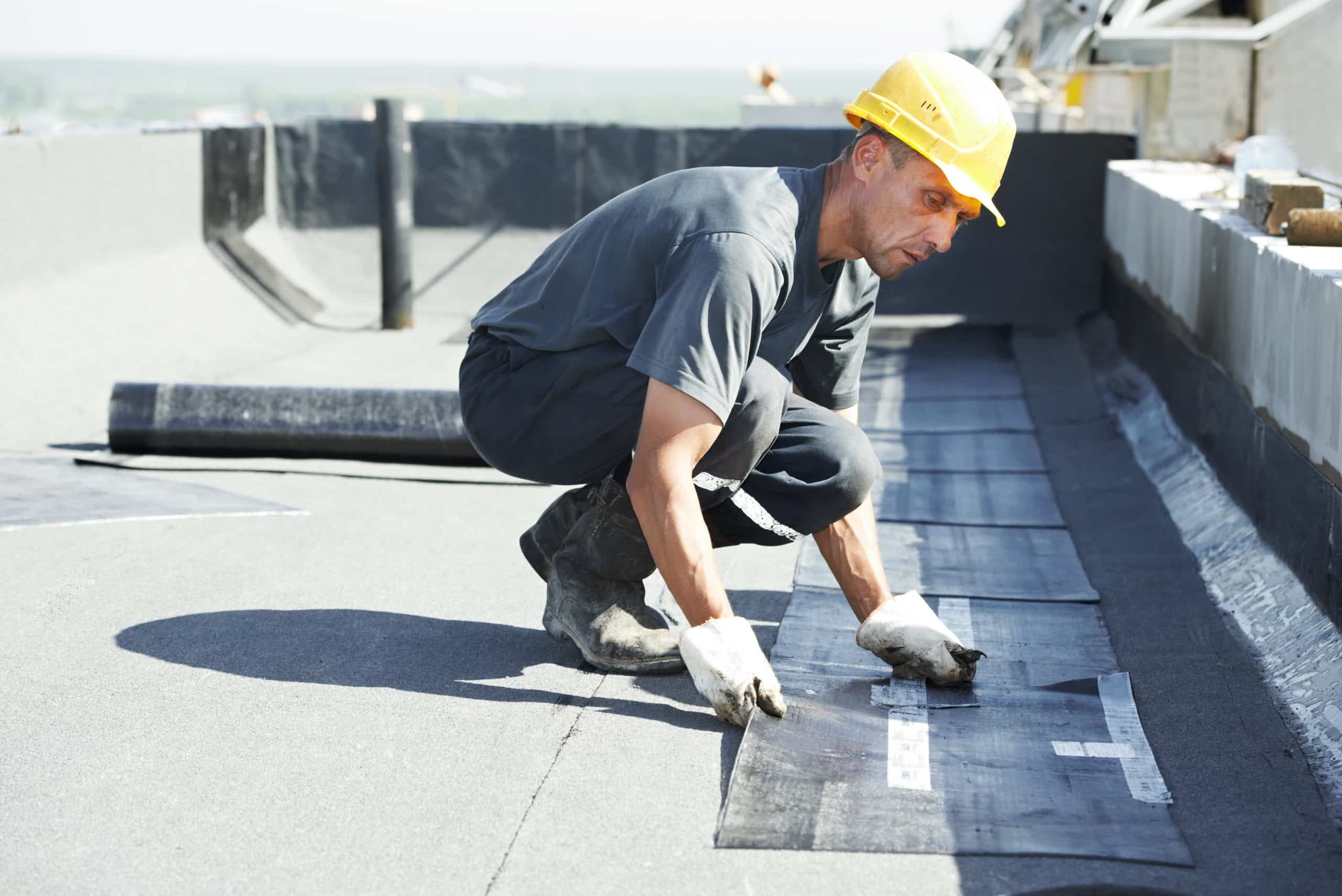A Property owner's Guide to Kind of Roofs: Selecting the Right Design for Your Needs

Popular Roof Styles
When it pertains to choosing a roofing system style, property owners commonly consider their alternatives meticulously to make certain both visual appeal and functionality. Among the most preferred designs are the gable, hip, and flat roofings, each offering distinctive advantages and aesthetic characteristics.
Gable roofs, defined by their triangular shape, are favored for their basic layout and effective water drainage. This style is especially well-suited for regions with heavy rains or snow, as it decreases the threat of water pooling.
Hip roofing systems, which slope on all four sides, give added security and longevity, making them a superb choice for locations prone to high winds. Their building intricacy allows for better design versatility and can improve the total aesthetic charm of a home.
Flat roofing systems offer a modern-day visual and make the most of functional outside room, making them prominent for metropolitan settings. While they need more upkeep to protect against water accumulation, their smooth look can match modern architecture.
Inevitably, the option of roofing style should reflect the house owner's individual taste while thinking about factors such as regional climate, building layout, and possible resale worth. Each design contributes uniquely to a home's overall personality and efficiency.

Material Options
Selecting the appropriate roof covering product is equally as essential as picking the right design, as it dramatically affects the roof covering's resilience, upkeep demands, and overall aesthetic. roofers oahu. House owners have a range of options to take into consideration, each with one-of-a-kind advantages and downsides


Asphalt shingles are amongst one of the most popular products due to their price and ease of installation. They commonly last 15-30 years, relying on the top quality and upkeep. Steel roof offers remarkable resilience and longevity, commonly going beyond half a century, while likewise being lightweight and immune to fire and rot. However, steel roofing systems can be a lot more pricey upfront.
Clay and concrete ceramic tiles offer a traditional appearance and excellent lifespan yet require a strong structure because of their weight. These products are immune and highly sturdy to harsh climate condition. Timber drinks provide a rustic aesthetic but require regular maintenance to avoid rot and insect damage.
Finally, artificial roof covering materials, such as rubber or plastic compounds, simulate the look of conventional products while being low-maintenance and light-weight. Eventually, the selection of roofing product must line up with the property owner's budget plan, desired life expectancy, and maintenance preferences, making certain an appropriate match for their particular requirements.
Energy Performance Considerations
Energy performance plays an essential role in the total efficiency of a roofing system, impacting both environmental sustainability and property owner energy costs. When choosing a roofing, it is important to think about materials and designs that boost energy performance. For circumstances, reflective roof covering products, commonly referred to as "great roofs," can dramatically reduce warmth absorption, decreasing indoor temperatures and decreasing the requirement for cooling.
Furthermore, the roofing's color and slope can influence its energy efficiency. Lighter colors normally show a lot more sunshine, while outstanding pitched roofings promote better airflow, minimizing warmth buildup - roofers oahu. Insulation also plays an essential role; a well-insulated roofing system can stop warm loss in winter and maintain interiors cooler in summertime, therefore improving energy cost savings
In addition, incorporating energy-efficient roof options with photovoltaic panels can even more minimize power prices and reliance on nonrenewable sources. Homeowners must also take into consideration regional climate conditions when selecting roof covering materials and styles, as these variables directly impact energy intake.
Upkeep Demands
The longevity and performance of a roof covering system are significantly affected by the maintenance needs related to its design and materials. Various roof types necessitate differing degrees of upkeep, which can affect both the homeowner's time and spending plan.
Regular cleansing of gutters is necessary to stop water damage and extend the roofing system's life expectancy. These roofings also profit from cleaning to preserve visual allure and functionality.
Ceramic tile roofs, recognized for their durability, demand less frequent maintenance yet need cautious assessment and replacement of damaged tiles. Level roofing systems, although offering modern looks, typically require more attention; they need routine evaluation for merging water and debris elimination to stay clear of leakages.
Ultimately, understanding the upkeep demands related to different roofing designs makes it possible for house owners to make informed choices, making sure the picked roof aligns with their way of living and commitment to maintenance. Prioritizing upkeep will boost the roof's efficiency and expand its service life, giving assurance for many years ahead.
Effect On Resale Worth
When considering a new roofing system design, house owners must acknowledge that the selection can dramatically influence the property's resale worth. An appropriate roofing system not just improves curb allure yet also signals to possible purchasers that the home is properly maintained and structurally sound. Different roofing materials and styles carry differing levels of value in the genuine estate market.
As an example, asphalt roof shingles are preferred because of their cost and large range of colors, frequently appealing to budget-conscious customers. On the other hand, a metal roofing, while more pricey in advance, offers durability and power performance, which can attract customers seeking low upkeep and sustainability. In addition, distinct designs such as slate or websites floor tile can include a touch of luxury, possibly boosting the home's worth in upscale markets.
Regional choices additionally play a crucial function; homes in areas with heavy snowfall may profit from considerably pitched roofings, while seaside regions could favor resilient materials resistant to saltwater corrosion (roofers oahu). Inevitably, property official site owners need to consider both visual allure and functional benefits when picking a roof. A thoughtful choice guarantees that the financial investment not just fulfills personal demands but additionally boosts the residential or commercial property's marketability and resale potential
Final Thought
Finally, selecting the suitable roof design necessitates a cautious evaluation of different aspects, including regional environment, architectural style, and maintenance demands. Each roof covering option, whether it be gable, hip, or level, has unique benefits and drawbacks that affect power efficiency and possible resale worth. Inevitably, a knowledgeable decision regarding roof covering selection can enhance the visual charm, performance, and durability of a home, ensuring it continues to be a valuable property for years to find.
Choosing the appropriate roof covering design for your home is a crucial decision that can significantly affect both visual appeals and performance. While gable roofings succeed in water drainage, hip roof coverings might use higher durability versus wind.When thinking about a new roofing system design, house owners ought to acknowledge that the selection can substantially influence the building's resale value. Eventually, homeowners need to think about both aesthetic charm and practical benefits when picking a roof.In final Read Full Article thought, selecting the proper roofing design requires a careful evaluation of different factors, consisting of regional environment, architectural layout, and upkeep demands.